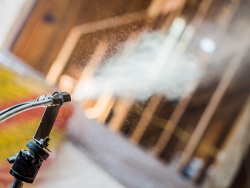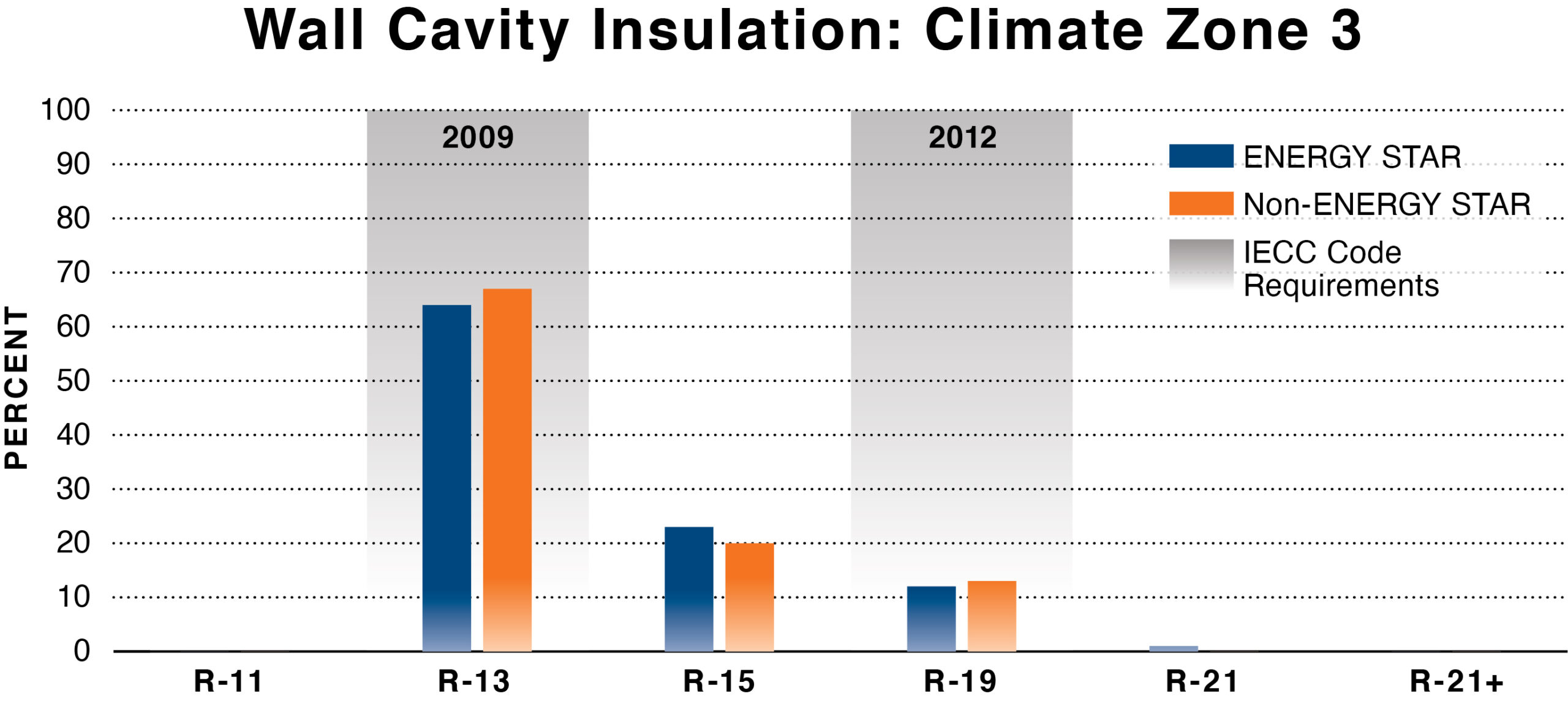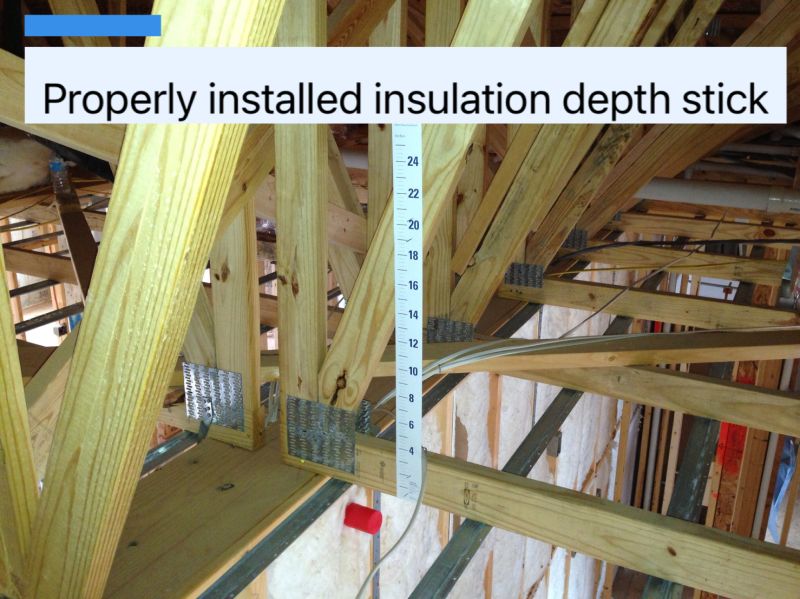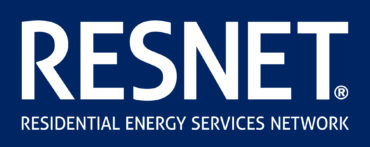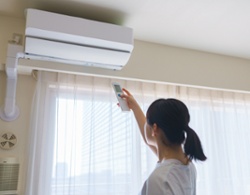In home construction, getting great air sealing and insulation are the Holy Grail in delivering a high-performance home with an effective thermal envelope. The prevailing belief among many in the building industry is that only spray foam insulation can deliver the thermal performance and airtightness that is required but that simply isn’t true. Moreover, installed costs are a top consideration for most builders, thus finding products that can help builders meet thermal performance and airtightness targets for less is important. Insulation Institute looks this week at new case studies for residential construction that show even the most aggressive airtightness targets can be met cost-effectively without using spray foam.
Details »Insulation Institute Blog
For more than 25 years, the ENERGY STAR® Homes program has positioned itself as the market leader in cost-effective, energy-efficient new home construction. The Environmental Protection Agency (EPA) advertises that homes built to ENERGY STAR specifications are 10 to 20 percent more efficient than homes built to code1. But behind the advertising claim, what does an ENERGY STAR really demand from homes bearing its label? The ENERGY STAR Homes program reference designs for Versions 3 and 3.1 include 2009 and 2012 International Energy Conservation Code (IECC) envelope requirements, respectively. Oddly, the program’s inspection checklists only require the thermal envelope to meet 2009 IECC prescriptive requirements. ENERGY STAR also allows homes to go below 2009 IECC insulation2 levels if improved air sealing is achieved.
Details »Man-made vitreous fibers (MMVFs) or synthetic vitreous fibers (SVFs), specifically glass, rock/stone or slag wools, have multiple end-use applications but are most commonly used as insulation. MMVFs have been studied by health and safety experts for decades. Most notably, the potential carcinogenicity (ability or tendency to produce cancer) of these fibers has been evaluated by toxicology studies in the form of large epidemiological cohort studies of MMVF manufacturing workers, in inhalation studies in experimental animals (in vivo), and in laboratory fiber solubility studies (in vitro).
Details »Architects play a critical role in the push to decarbonize the built environment, which accounts for 40 percent of global CO2 emissions. A new and urgent global appeal to architects to accelerate their participation in decarbonization is being driven by the founder of Architecture 2030, Edward Mazria. He recently wrote an open letter urging designers to cut carbon emissions in response to a new intergovernmental assessment on climate change. In that letter, Mazria highlights three steps designers can take to accelerate zero carbon goals.
Details »Blown-in insulation installers know that measuring it in an attic is key to delivering the required thermal performance and receiving a Grade I install. That is typically accomplished by installing attic rulers throughout the space, so there is one for every 300 sq. feet of attic space. Accurate measures are needed to meet code requirements, according to Chris Conway, President of Conway Energy, a building science consulting firm that specializes in single and multi-family construction. No matter how experienced the installer is, you’re going to want to measure every time and check in multiple locations. But there are times when that measurement can be off.
Details »John McManus retired last August from Hanley Wood after a nearly 20-year career in various senior editorial roles. Post “retirement,” McManus launched a brand-new publishing endeavor, The Builder’s Daily, a digitally published newsletter filled with thought-provoking and informative insights for the building industry. Insulation Institute recently talked with McManus about his new venture and the changes that are happening in the construction industry.
Details »The International Code Council (ICC) and RESNET have teamed up to develop a new ANSI Standard on remote virtual inspections (RVI) for buildings’ energy and water use performance. The standard will be developed using RESNET’s ANSI-accredited procedures and will be based on the ICC’s “Recommended Practices for Remote Virtual Inspections.”
Details »Addressing CO2 emissions in the built environment is critical in combatting climate change. Yet despite the urgency of the effort and the potential benefits to building occupants, roughly 80 percent of the energy savings potential in buildings globally remains untapped, according to the World Resources Institute (WRI).[1] In response, WRI has launched the Building Efficiency Accelerator, a public-private collaboration that turns global expertise into action to accelerate local government implementation of building efficiency policies and programs. Their target: a zero-carbon building sector by 2050.
Details »Record heatwaves remind us that residential air conditioners (AC) are a wonderful invention, and as sweltering heat blankets much of the country, the demand for home AC will only increase. Unfortunately, this only drives CO2 emissions higher, increasing global warming. One way that we can ensure that we reduce greenhouse gas emissions as much as possible is by adopting more stringent building energy codes that offer higher levels of insulation and air sealing, reducing the amount of energy needed for air conditioning.
Details »
